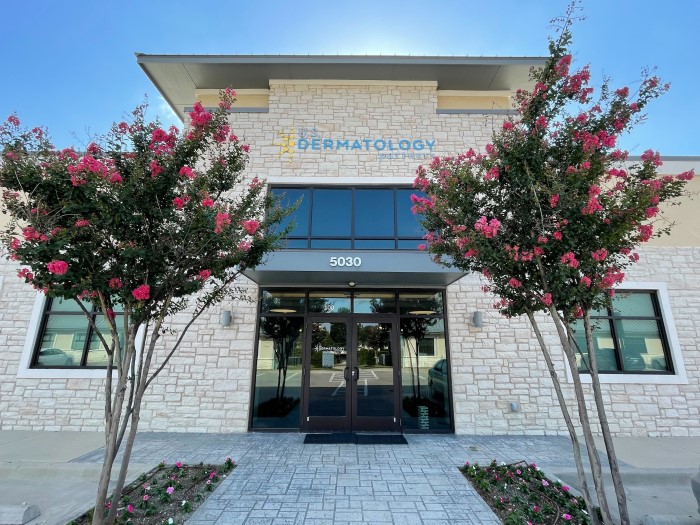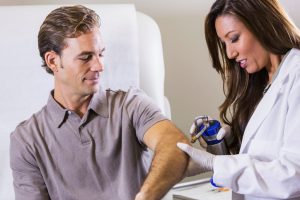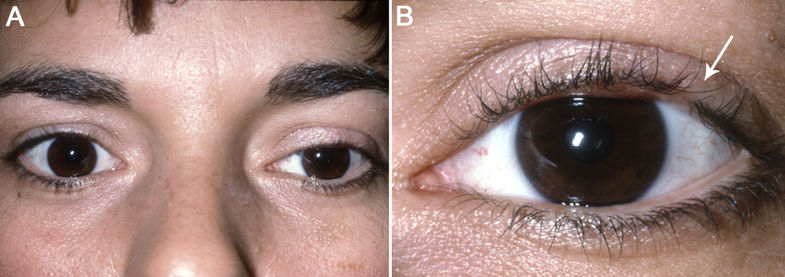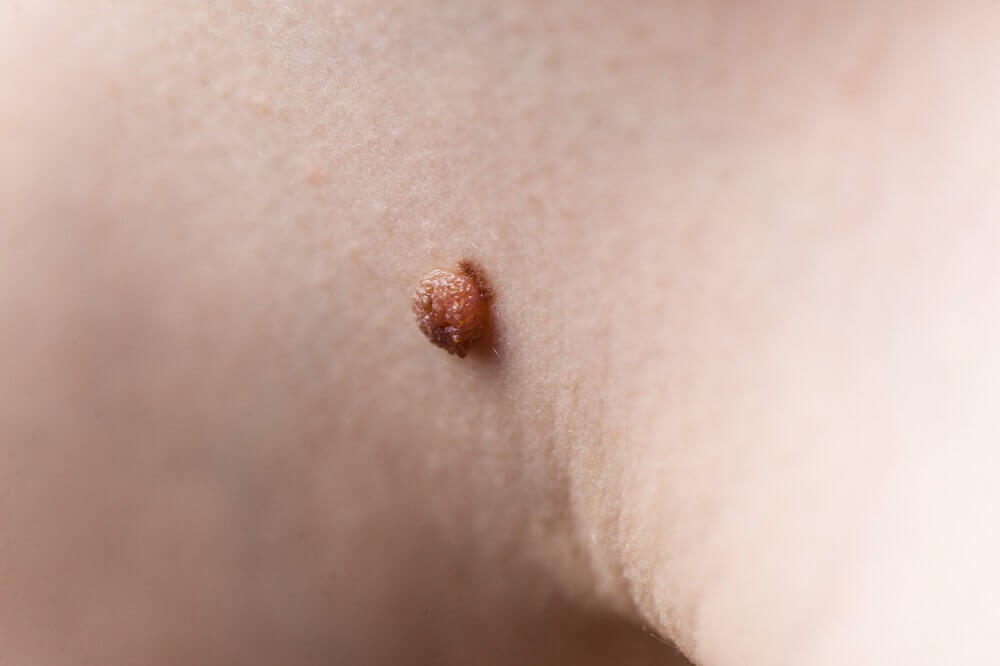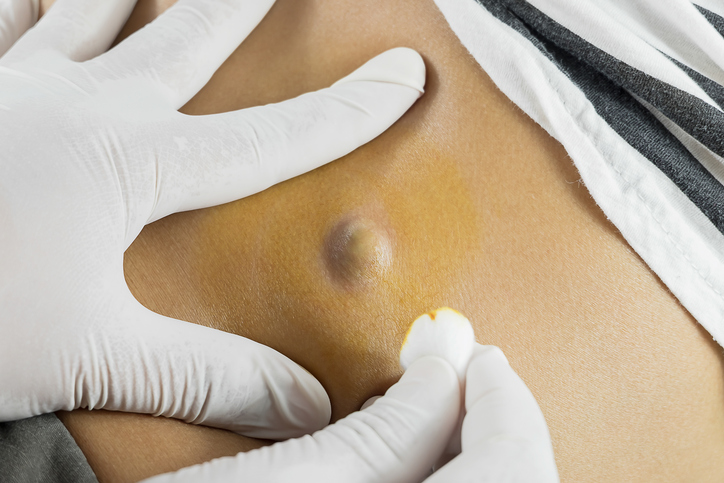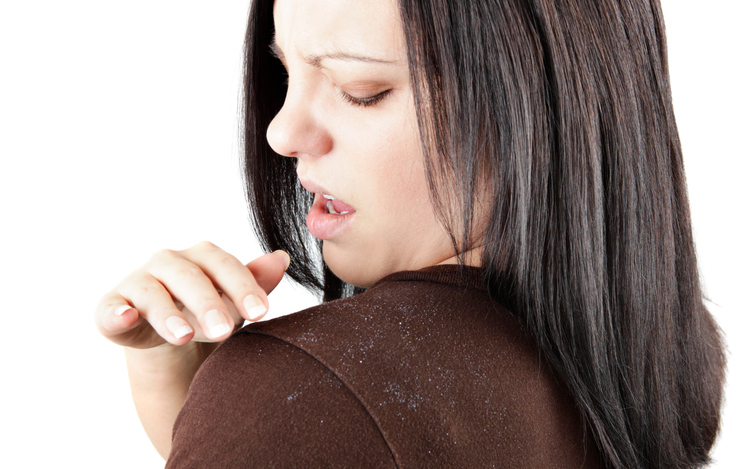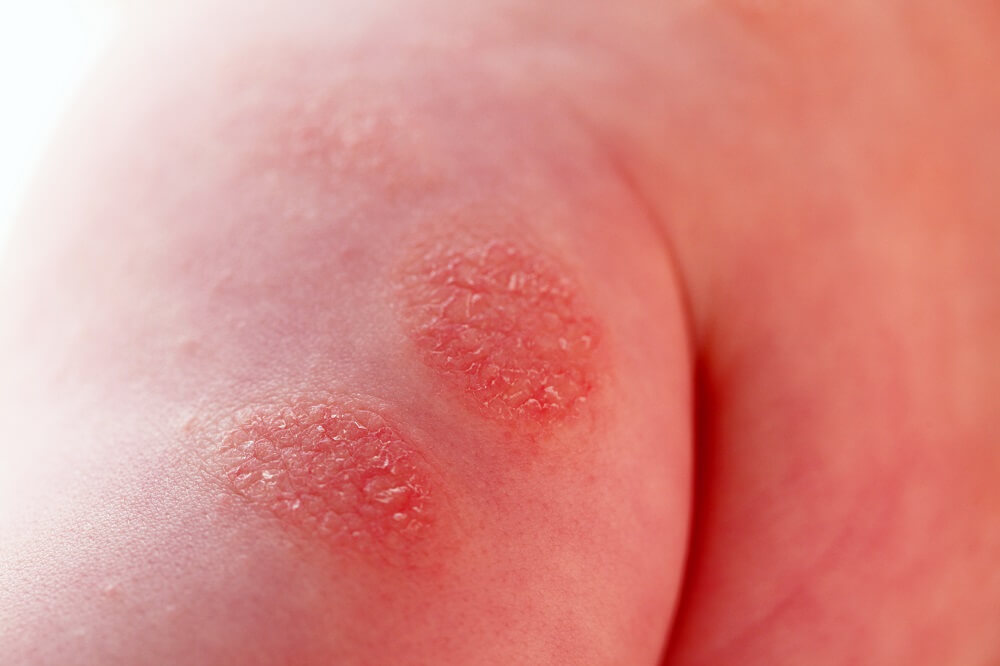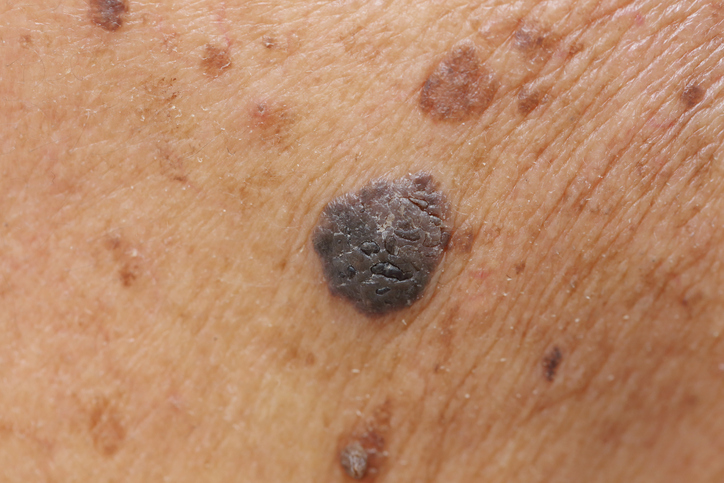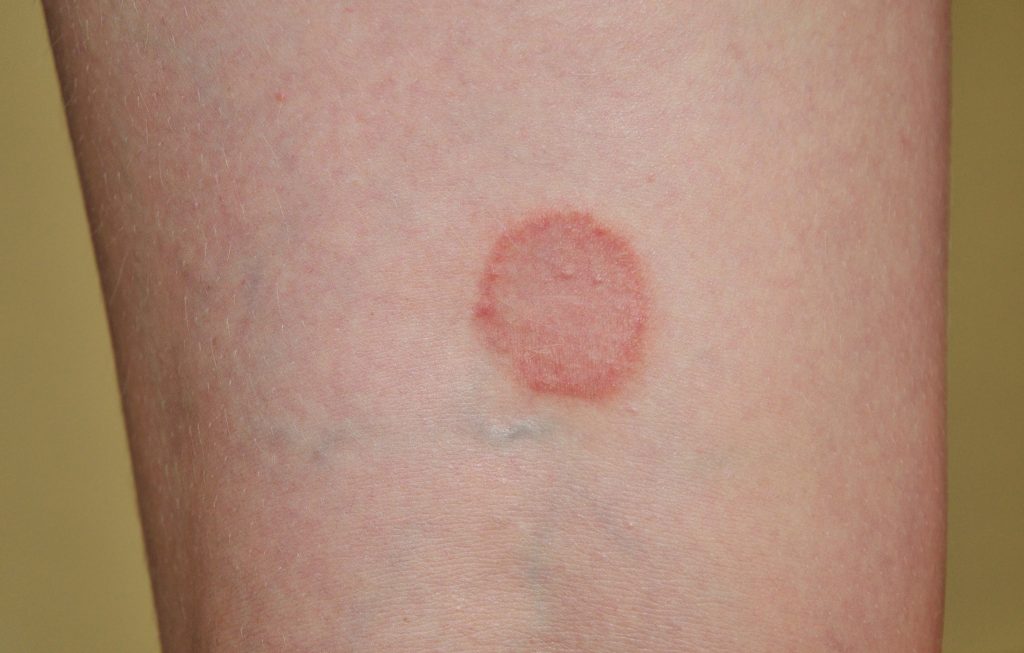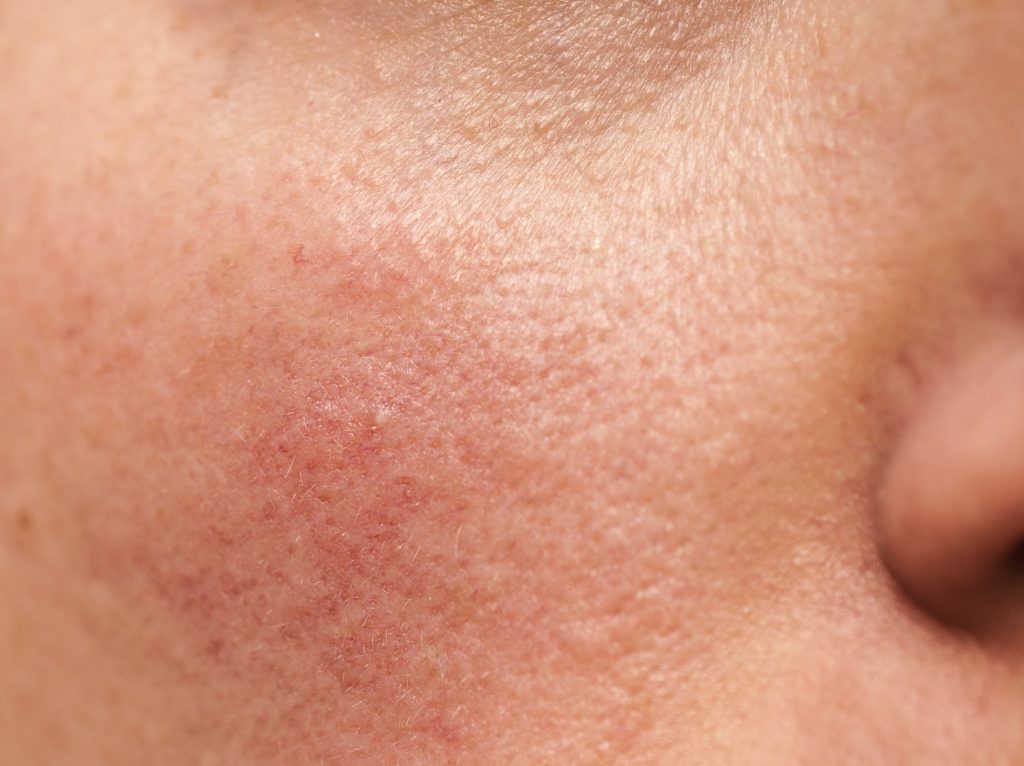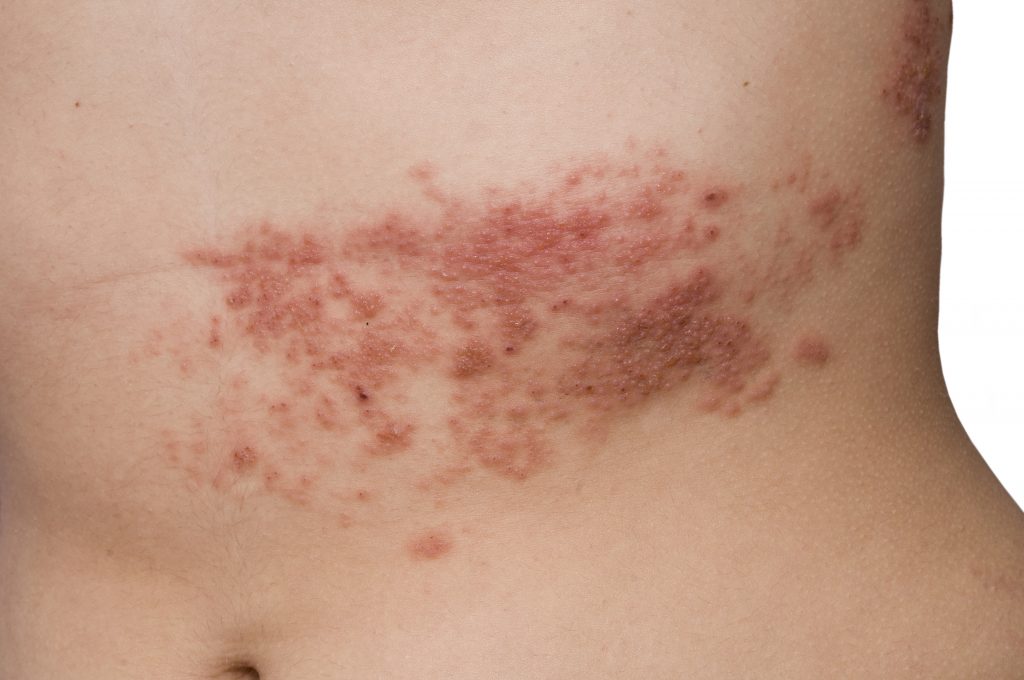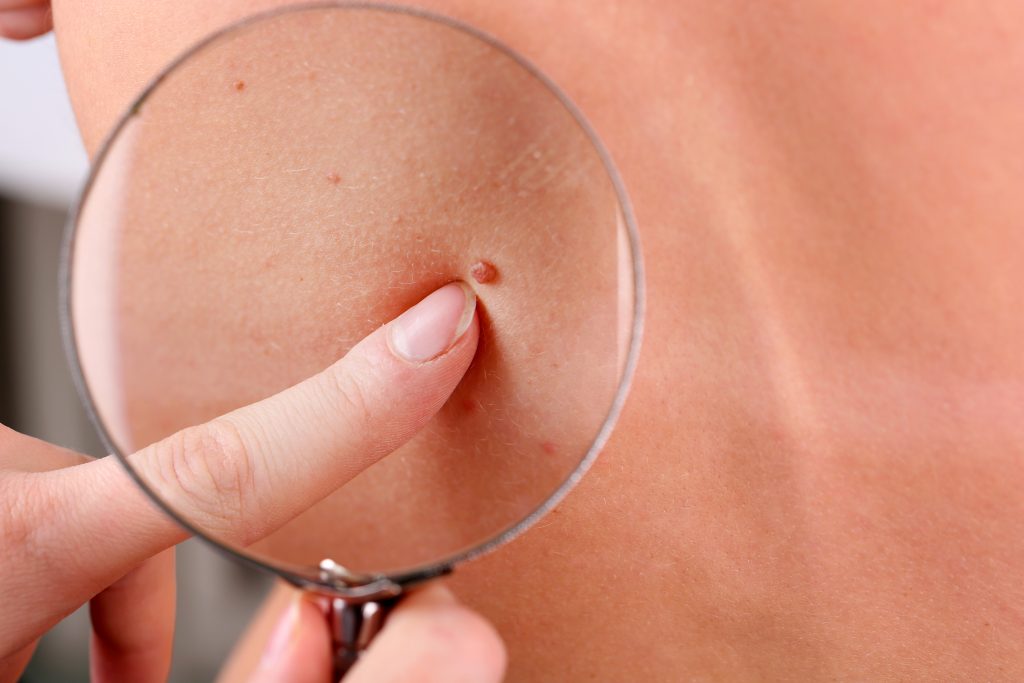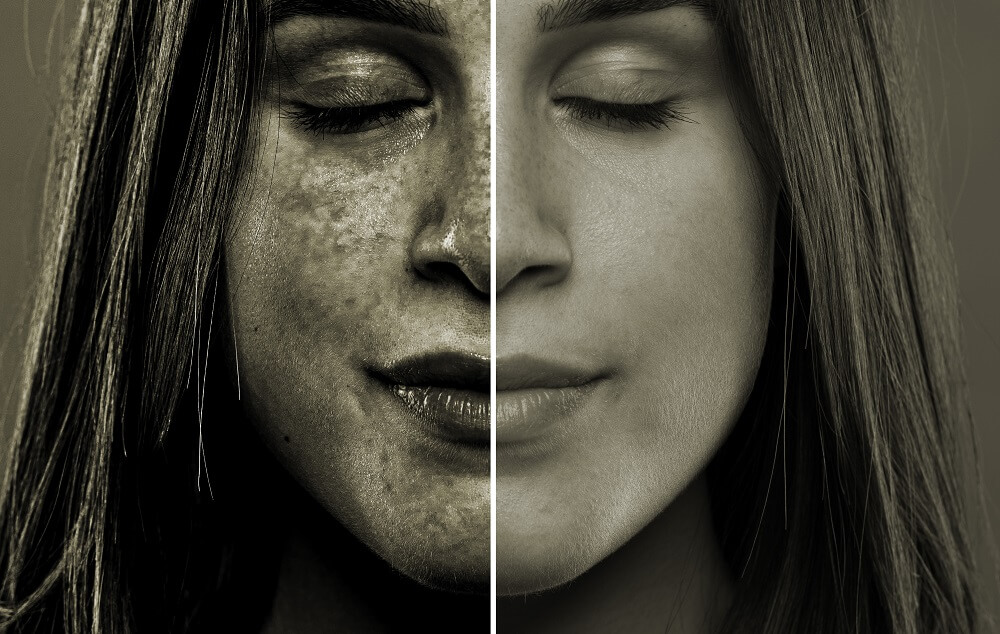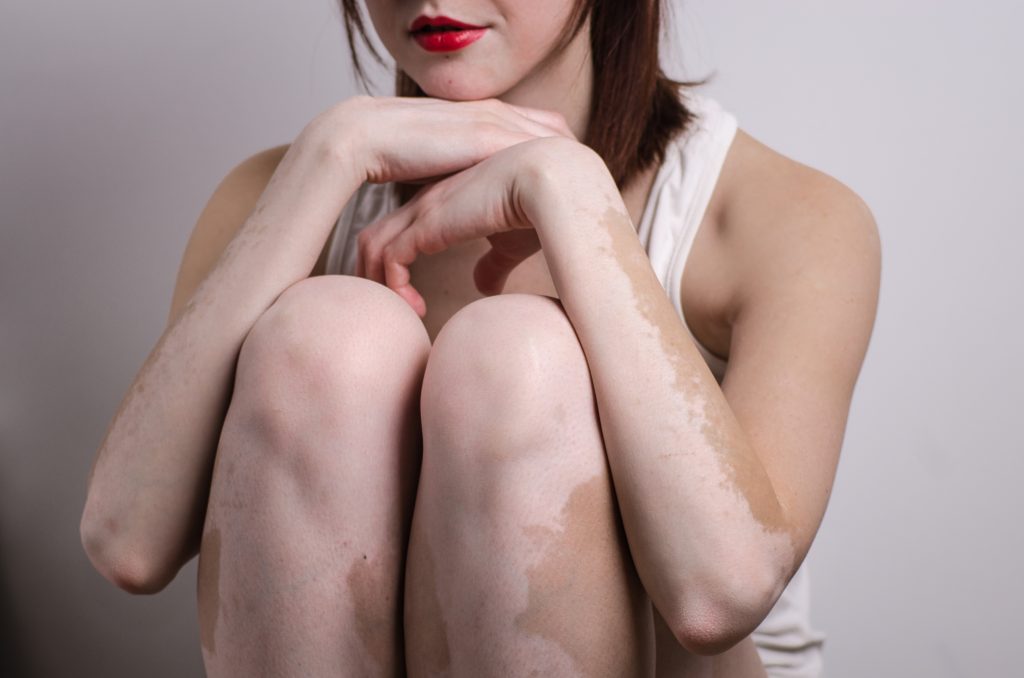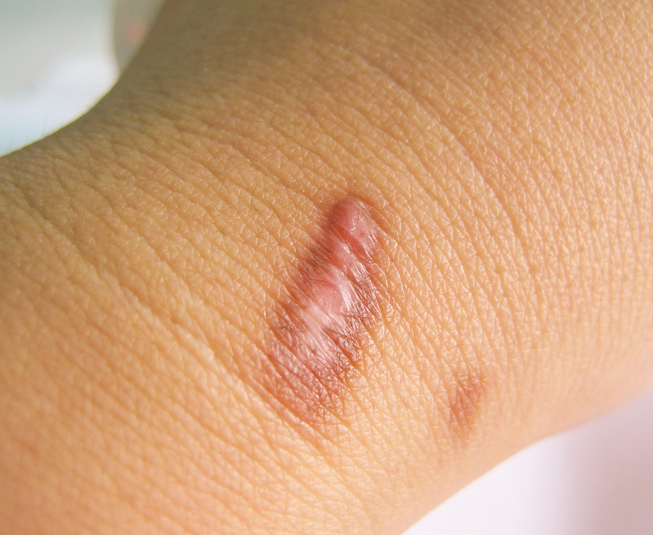Jonathan Guinto graduated from Seton Hall University’s 6-year dual degree physician assistant program with a Bachelor of Science in biology and a Master of Science in physician assistant studies. It was during his medical training in the New Jersey/New York City area, where he felt a natural draw to dermatology. He demonstrated clinical excellence with his strong visual memory along with his gentle and steady approach to performing procedures. After graduation, he furthered his knowledge in dermatology by completing the rigorous and lengthy Society of Dermatology Physician Assistants (SDPA) Diplomate Fellowship™️ which is the premier training program for physician assistants in the field of dermatology. In addition, Jonathan was amongst the first PA’s to earn the Certificate of Added Qualifications in Dermatology (CAQ-Derm). This certification is earned by those who possess the specialty experience, knowledge and expertise needed to succeed in dermatology.
Prior to joining U.S. Dermatology Partners, Jonathan provided excellent dermatologic care for patients of all ages in multiple clinic settings and skilled nursing facilities across Southern California. His combination of outstanding medical training, history of superb patient satisfaction, and continued pursuit of dermatology excellence makes him a great addition to our team. His organized and thorough approach to dermatology allows him to actively listen to his patient’s concerns while providing the highest quality care possible. Jonathan always strives to pick the best, safest, & most cost-effective treatment plans for his patients of all ages.
In his free time, Jonathan enjoys watching stand-up comedy, going out to the movie theatre, golfing (with sunscreen on), and listening to podcasts and audiobooks.
Jonathan will treat patients in Plano, Texas, and is now accepting new patients. Contact our office today to request an appointment.
Specialties and Affiliations
- American Acne and Rosacea Society Affiliate
- National Eczema Association Provider
- National Psoriasis Foundation Advanced Provider
- International Hyperhidrosis Society Clinician
- Society of Dermatology Physician Assistants (SDPA) Diplomate Fellow
- National Commission on Certification of Physician Assistants (NCCPA):
- Certificate of Added Qualifications in Dermatology (CAQ-Derm)


